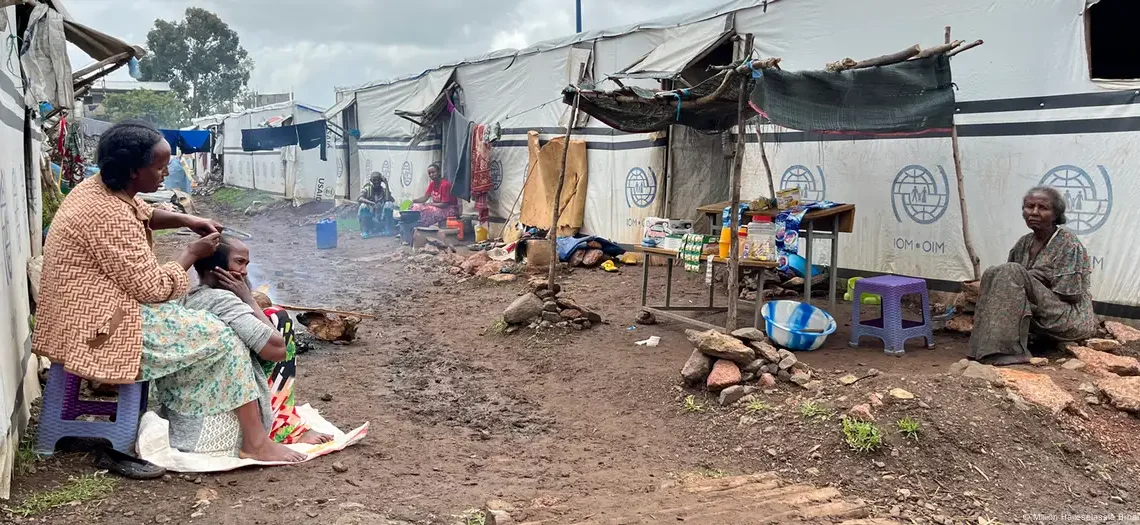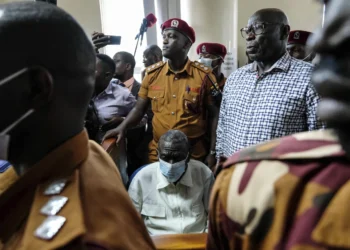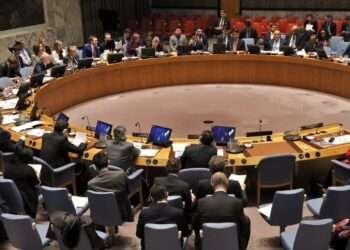Relief washed over Tigray when the war ended with a peace agreement signed in Pretoria, South Africa, in November 2022. Despite the cessation of hostilities, the reality for hundreds of thousands displaced during the conflict remains grim.
The war, which saw Ethiopia’s National Defense Forces and Eritrean troops battling fighters of the Tigray People’s Liberation Front (TPLF), left a trail of devastation that continues to haunt the region.
Birhane Tafere, 62, fled his home in Humera, northwestern Ethiopia, in November 2020. After over four years in an internally displaced persons (IDP) camp, he now resides in a temporary shelter in Abiye Adi, about 100 km from Mekelle, Tigray’s capital. Life, as Birhane describes it, is far from hopeful.
“All displaced people are in despair. We are worried about what will happen next. The authorities who should be returning us to our villages have abandoned our agenda and are busy struggling for power.”
Birhane Tafere
According to Tigray’s interim administration, nearly one million displaced individuals remain unable to return home, citing ongoing militant control in western Tigray and Eritrean forces occupying border areas as key obstacles. For many, the current conditions in Tigray are perilous.
Negasi Marek, a father of four from western Tigray, has been living in Tsehaye Primary School, now repurposed as a temporary IDP camp in Shire city. The situation, as he describes it, is dire.
“Four people have died [in the IDP camp] alone in the last two weeks, just because of the dire situation. We are not living; we are suffering. Especially the elderly, diabetics, and people with hypertension do not get medicine and food. All you can expect here is death.”
Negasi Marek

Political Stalemate Worsens Displacement Crisis
Opposition party Salsay Weyane Tigray holds both the regional and federal governments accountable for the ongoing suffering of displaced people.
Alula Hailu, the party’s chairman, highlighted the unfulfilled responsibilities of both administrations and the continuing presence of the Eritrean army in border areas like Irob and Badme. “About 600 of the 10,625 displaced people from Badme alone have died due to a lack of food and other support,” Alula stated.
He emphasized that despite repeated calls to address the plight of the IDPs, little has changed. “Similarly, displaced people in Shire are suffering immensely. The problem is widespread.”
While the Tigray interim administration has announced plans to facilitate the return of displaced individuals, the estimated $2.1 billion needed for the process presents a significant challenge. Efforts to secure funding and support from United Nations agencies and other stakeholders are ongoing.
However, despite government promises to return the displaced, progress has been elusive, leaving many like Birhane and Negasi to continue their struggle for survival.
The lingering effects of the Tigray war in Ethiopia continue to draw alarm from reputable international organizations.
The United Nations has highlighted the dire humanitarian crisis, with over 20 million people across Ethiopia needing assistance, exacerbated by ongoing violence and blockades.
The UN’s Under-Secretary-General for Political and Peacebuilding Affairs, Rosemary DiCarlo, emphasized that the conflict has plunged millions into severe food insecurity, particularly in Tigray, where famine-like conditions persist due to restricted aid access.
Human Rights Watch and Amnesty International have documented widespread atrocities, including extrajudicial killings and sexual violence, committed by all parties involved. These organizations stress that without urgent international intervention and accountability measures, the cycle of violence and human rights violations is likely to continue.
READ ALSO: Ahiagbah Blames NDC and Mahama for Obuasi Deaths, Calls for Justice





















